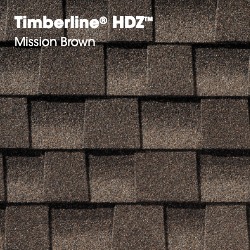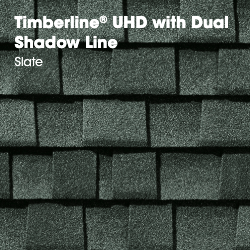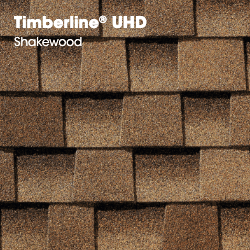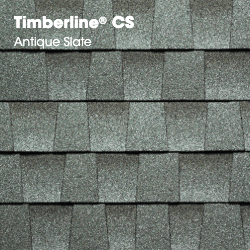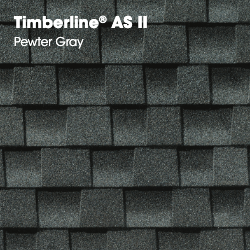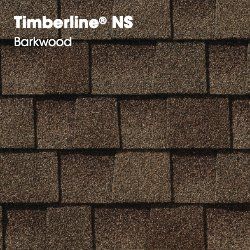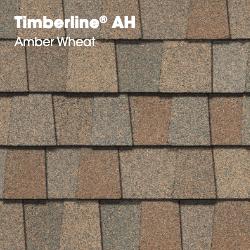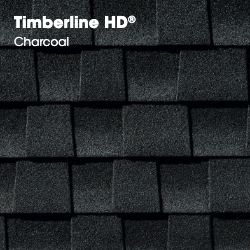About Our Shingle Roofs
Shingle Options
Sexton Roofing mainly deal with fiberglass shingles for residential roofs. Several options on warranties, from 25 - 50 years. Check out our shingle options below.
For more color options, check out our carriers, and look under 'fiberglass shingles'.
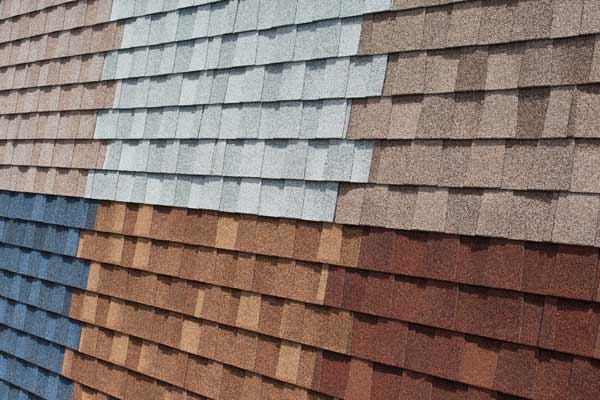
Asphalt Shingle
In the United States, fiberglass-based black-top shingles are by a long shot the most well-known roofing material utilized for private material applications. They last 20 to 60 years and are recyclable in certain territories. Black-top shingles come in various styles and shadings.
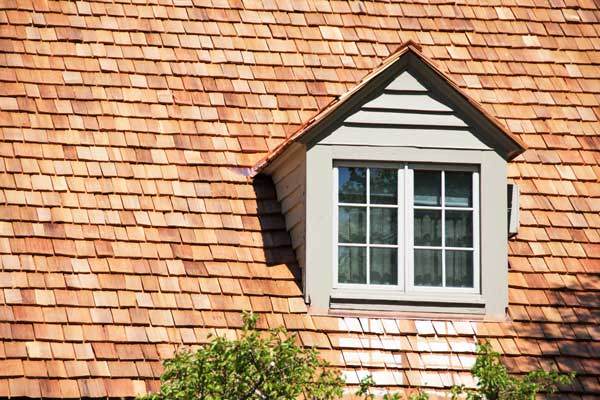
Wood shingles
Two fundamental sorts of wood shingles are called shingles and shakes. Wood shakes are normally thicker than wood shingles. The primary contrast is by the way they are made. Shingles are continually being sawn and shakes typically being part, in any event on one side.
Consult with us today to see what type of roof fits your house and personality!

